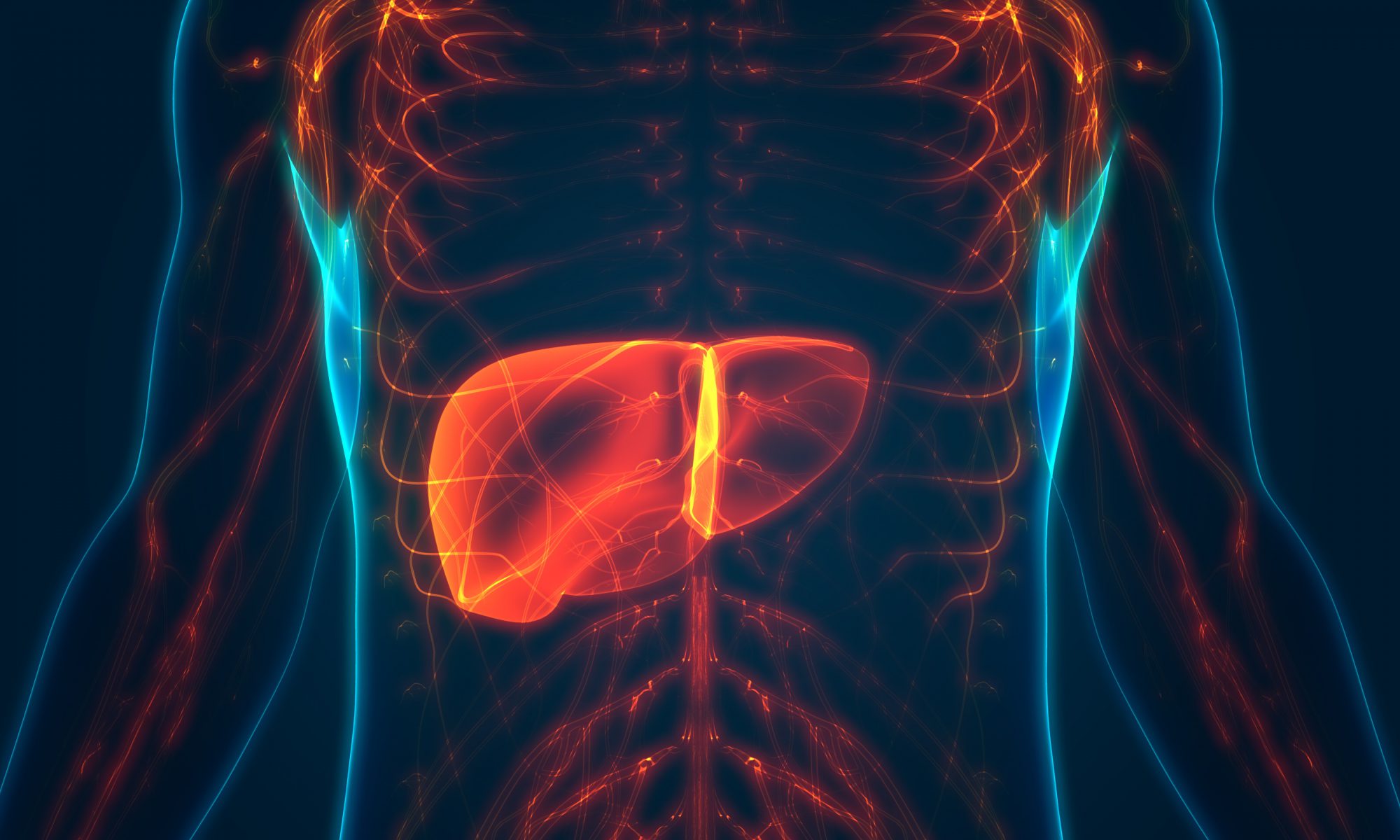Despite increased perioperative risks in older patients with hepatocellular carcinoma and cirrhosis, orthotropic liver transplantation provides greater survival benefit compared with ablative therapies, according to new research.
“Because waitlist demand for [orthotopic liver transplantation (OLT)] continues to increase at a rate that far exceeds the increase in solid-organ donation, it becomes imperative to determine the optimal groups of patients that would benefit from OLT,” Malay B. Shah, MD, FACS, surgical director of the liver transplant program at UK HealthCare at the University of Kentucky, and colleagues wrote in Journal of the American College of Surgeons. “It is well known that elderly patients undergoing elective or emergent surgery have poorer outcomes compared to their younger counterparts.” Read the full story in Healio.



